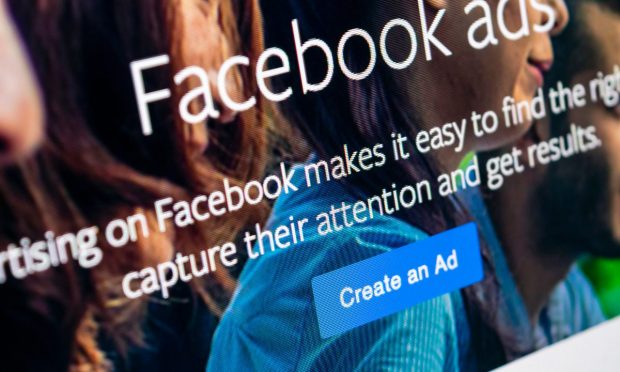Retailers Struggle With Increasing Costs of Customer Acquisition

Increasing customer acquisition costs are beginning to dig into retailers’ profits at a time when merchants are struggling on multiple different fronts, facing a continuing labor shortage and supply chain issues that threaten product availability ahead of the holidays.
One of the biggest issues is the increasing privacy restrictions for consumers that limit how and where people can be tracked on the internet. Snapchat last week said the changes made in Apple’s iOS 14 severely impacted the social media company’s advertising business as the measurement tool provided by the tech giant “did not scale as we had expected.” The company is now looking into new first-party tools to boost tracking abilities.
Read more: Snap Says Its Ad Business Dropped After Apple Changed Rules
And for retailers, particularly those selling direct-to-consumer (D2C), these changes can be devastating. The Wall Street Journal reported that loose-leaf tea seller Plum Deluxe used to gain a new customer for every $27 spent on Facebook and Instagram ads. That cost is now ten times higher, which has led the company to cut its spending.
Melanie Travis, founder and CEO of D2C brand Andie, told PYMNTS that her company has seen success in keeping customer acquisition costs down by being “extremely rigorous” in experimenting and optimizing social marketing. For example, she said, Andie tests different ads on different segments of consumers and will often test different landing pages to see what performs best.
“Facebook and Instagram have been a core part of our strategy,” Travis said, noting that Andie has also started to work with content creators and influencers to get more organic traffic, too.
See: Fragmented Swimwear Market Leaves Opening For D2C Brands
Using Different Tools
The rising cost of customer acquisition has also led many retailers looking for alternatives to advertising. Gap, for example, earlier this year launched the first item in its 10-year partnership with Kanye West’s Yeezy brand — a sky-blue “Round Jacket” — and executives have said they are pleased with its performance. Three-quarters of the customers who purchased the jacket were new to the Gap brand.
“The customer acquisition we’re seeing there is really giving us great confidence in the long-term potential of this partnership,” Chief Financial Officer Katrina O’Connell told analysts in August.
Related: Gap Tackles ‘Fit Friction’ With Acquisition Of Virtual Try-On Company Drapr
Others have turned to subscriptions to entice consumers, a practice that has proven by some metrics to be rather successful. PYMNTS research, conducted in collaboration with sticky.io, has found that 61 million Americans are using at least one subscription retail service, and many are using even more. Four in five U.S. consumers have at least one subscription, up 13% since February 2020.
See more: 45 Pct Of Gen Z Subscribers Used Only D2C Subscriptions In Q2 2021
John Donoghue, senior vice president for corporate development at CaaStle, told PYMNTS in a recent interview that for apparel merchants, clothing rental can also be a useful consumer acquisition tool. It’s also relatively inexpensive for retailers, he noted, since a single piece of clothing can be monetized a dozen times.
“Rental is a great way to meet a consumer in her digital environment,” Donoghue said. “It provides an access-oriented way, which younger consumers are really habituated to, to experience their apparel in a reasonable and cost-effective way.”
Read: Retailers Turn to Clothing Rental as Consumer Acquisition Tactic
